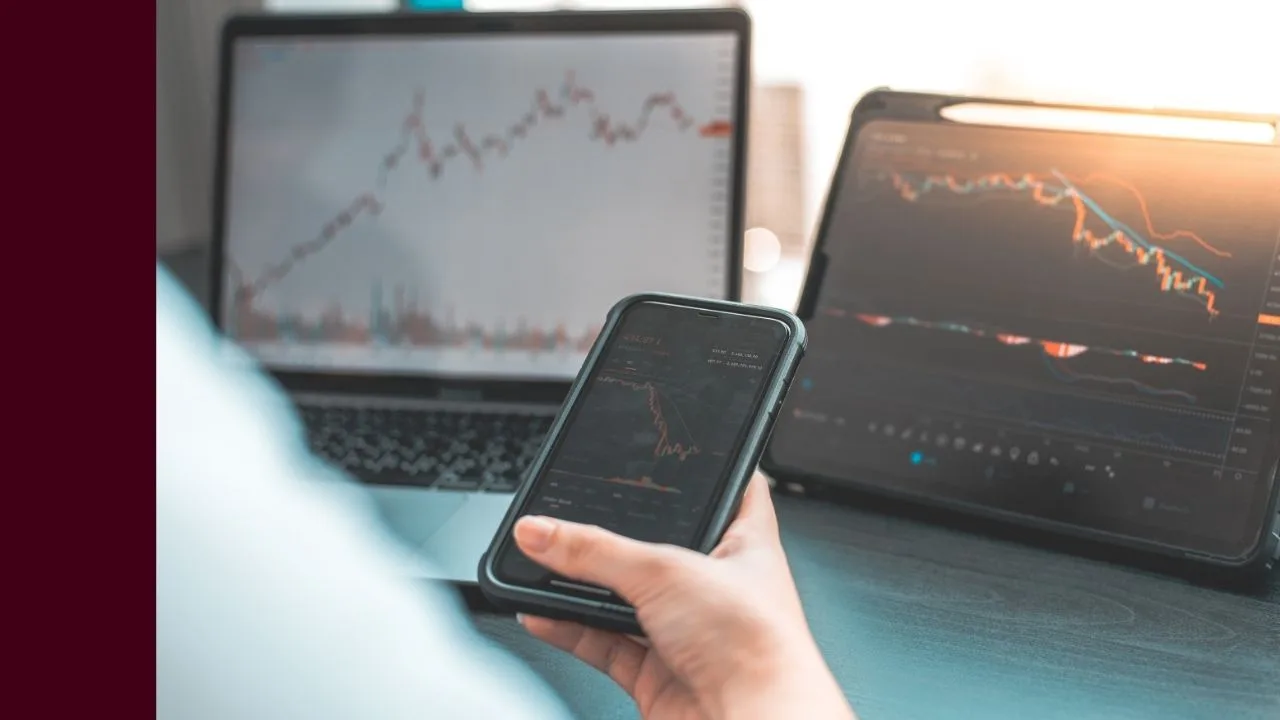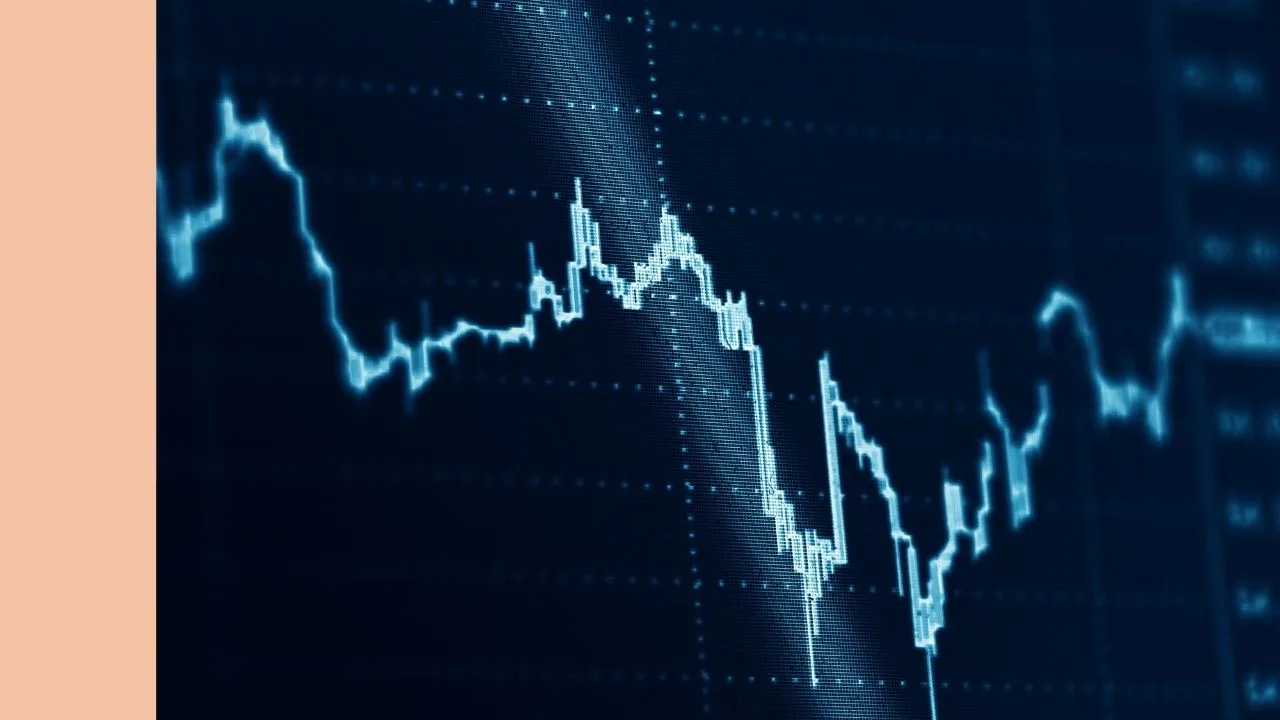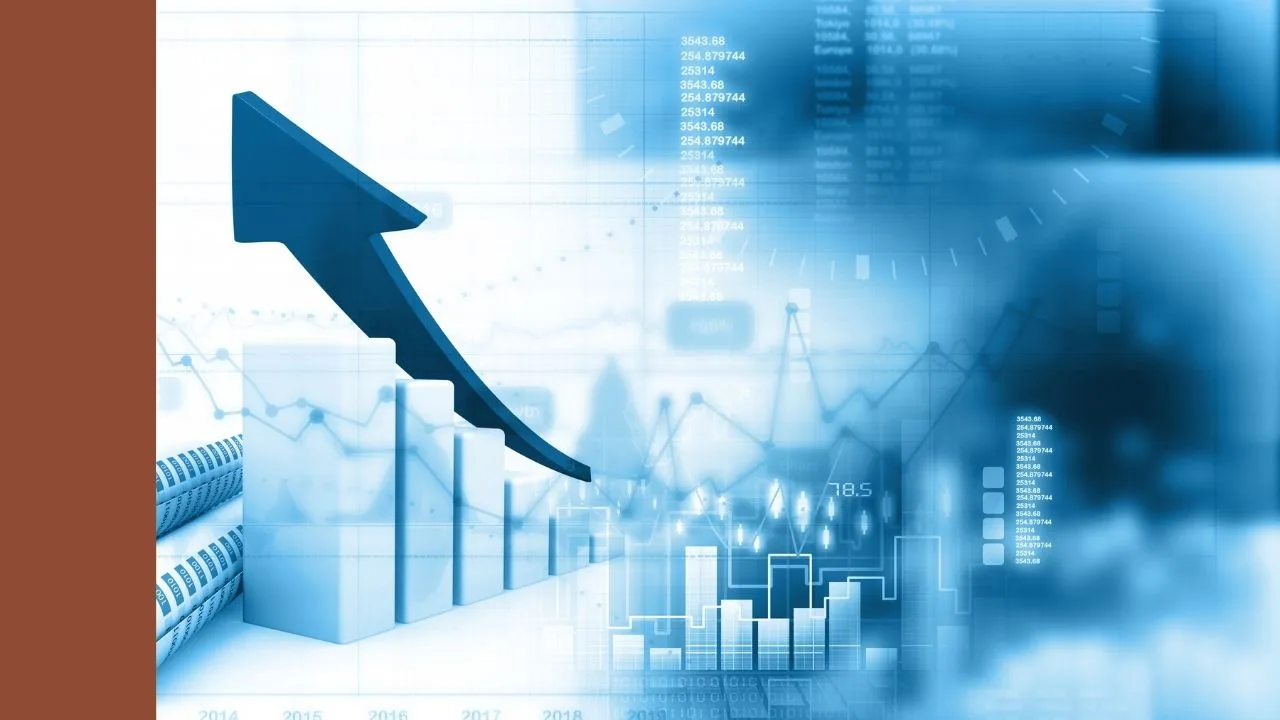By now, you know that ASX Exchange Traded Funds (ETFs) are changing the world. There are nearly 200 on the ASX and thousands more globally.
While studies vary, I’m lead to believe between 15% and 20% of all share trading in Australia throughout 2018 was conducted by unlisted, passive index funds and ASX ETFs.
How I Use ETFs & What I Look For
https://youtu.be/J7czZtccuyI
Why are they growing so quickly?
To me, there are seemingly countless reasons why ETFs are more than just a fad and the number of them is growing rapidly:
- They work. Not all ETFs are created equal, but, so far, the industry has broadly delivered on what it promised.
- They’re transparent. Due to strict disclosure obligations, Australian ETFs are very transparent — that’s more than can be said of many active funds!
- Typically, they’re low cost. There are many share and bond ETFs on the ASX that have a management expense ratio (aka a yearly fee) of less than 0.5%.
- It’s simple to invest. With a normal sharebroking account, Aussies can invest in an ETF. Depending on the ETF, it could give them exposure to shares, bonds, currencies… with just a few clicks!
- They can be used with individual shares. As I explain below, ETFs can be used to grow a portfolio from scratch, alongside other investments (e.g. individual shares) or in their own right. For example, I combine my favourite small caps and tech stocks with ETFs.
So what’s the catch?
Of course, there are plenty of risks to ETF investing.
The level of risk will depend on many different aspects of the ETF you choose to invest in, including its size, strategy, the ETF issuer, investment process, regulation… the list goes on.
In the following short video (3:30 min), I explain why I’m buying ASX ETFs and how I blend them with my active “high conviction” share ideas.
To learn more about how we pick and choose ETFs, access our free report below.
[ls_content_block id=”14948″ para=”paragraphs”]
At the time of publishing, Owen Raszkiewicz does not have a financial interest in any of the products or companies mentioned.








